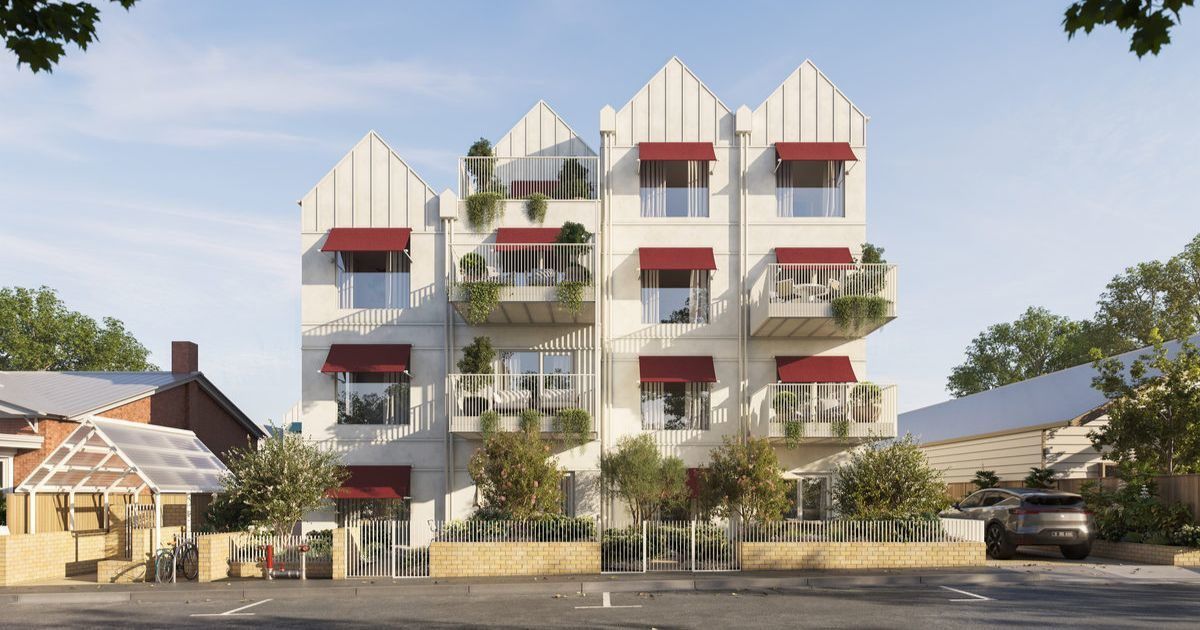Public transport fees unfrozen
THE freeze on increases to Victorian public transport fares during the COVID-19 pandemic has ended, with travellers across the Geelong region now paying more to catch the train.
The state Opposition says Labor’s reversal of the policy has come at the wrong time, but South Barwon Labor MP Darren Cheeseman says all money from public transport fares is going towards improving infrastructure for travellers.
Announced in mid-December and effective from January 1, the price thaw means the cost of regional public transport has gone up by an average of 1.1 per cent.
Regional bus fares have not changed, but 40 cents has been added to the cost of a daily train trip from Geelong and $1.40 to the cost of a seven-day V/Line pass.
There has been a considerable drop in passenger trips across Victoria, with the state Opposition citing Department of Transport data showing there were now 600,000 day trips, down from 1.66 million a day before the pandemic began.
“We should be encouraging locals to find more reasons to choose public transport to travel, not less,” Shadow Minister for Public Transport Steph Ryan said.
“Higher fares put more pressure on people still struggling to make ends meet, on sick regional Victorians travelling to Melbourne for medical appointments and is less incentive for office workers to get back to the CBD.”
Mr Cheeseman said there were a significant number of people in the Geelong region who travelled to Melbourne to work via public transport.
“Obviously, because of COVID, for the past couple of years, people haven’t been commuting to Melbourne.
“For those essential workers who were having to commute, we wanted to make it as cheap as possible to acknowledge that they had to expose themselves to COVID through their workplace.
“We’re not out of the woods yet with respect to COVID, but this particular variant isn’t as deadly as previous ones, so we expect our trains to gradually fill up through the course of this year as people go back to their normal lives.
“Every dollar that we raise through fares goes back into valuable infrastructure – if you look at our part of the world, we’re delivering the new train station at Armstrong Creek, we’re duplicating the track, we’re redeveloping Marshall station.
“These are important investments we’re making into the infrastructure of our public transport system, and fees play a small but important role in delivering that infrastructure.”


















